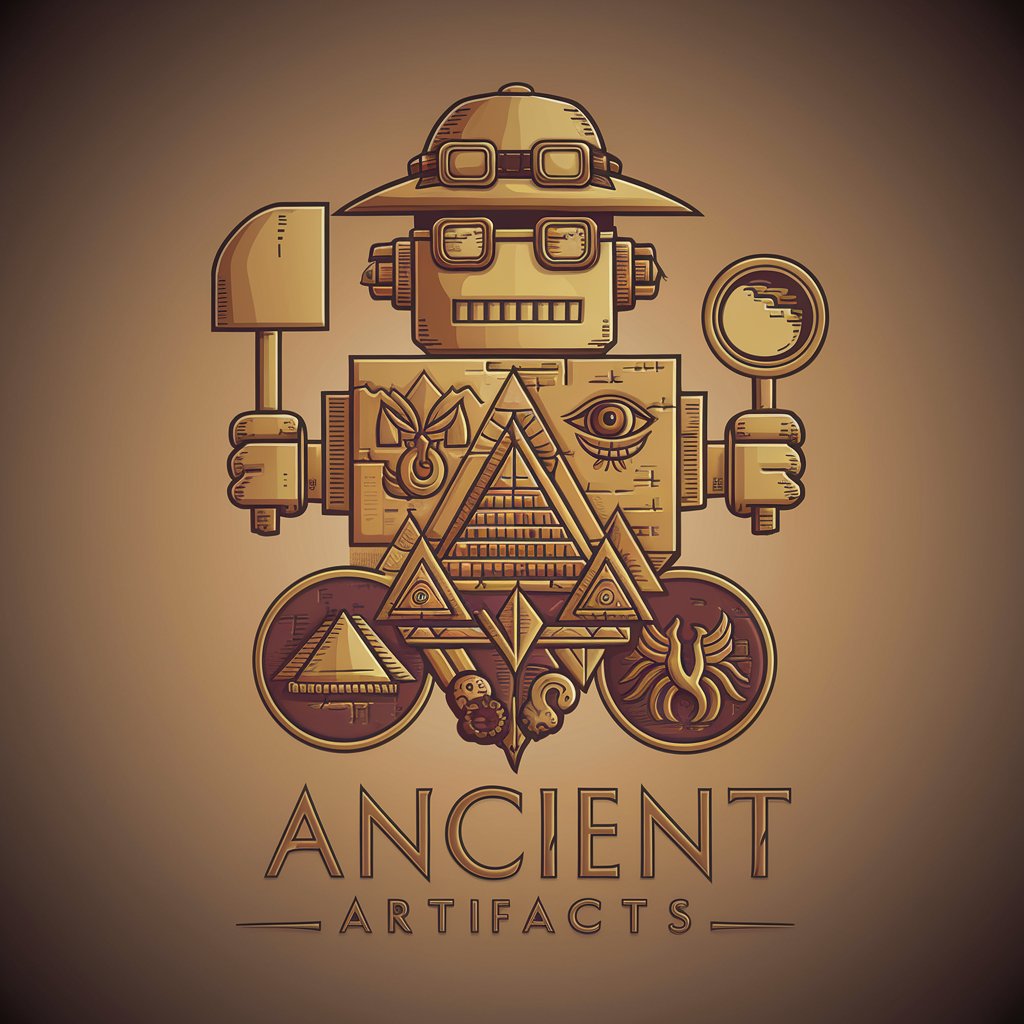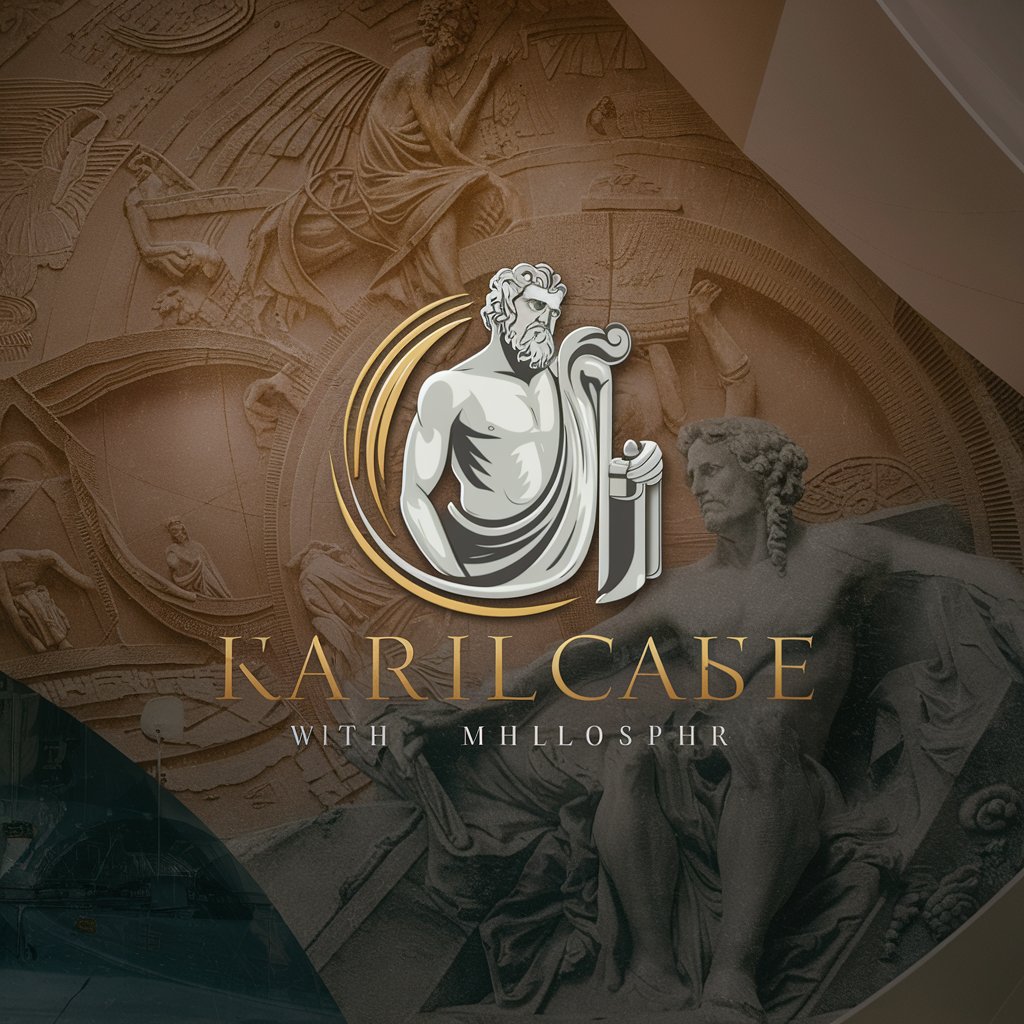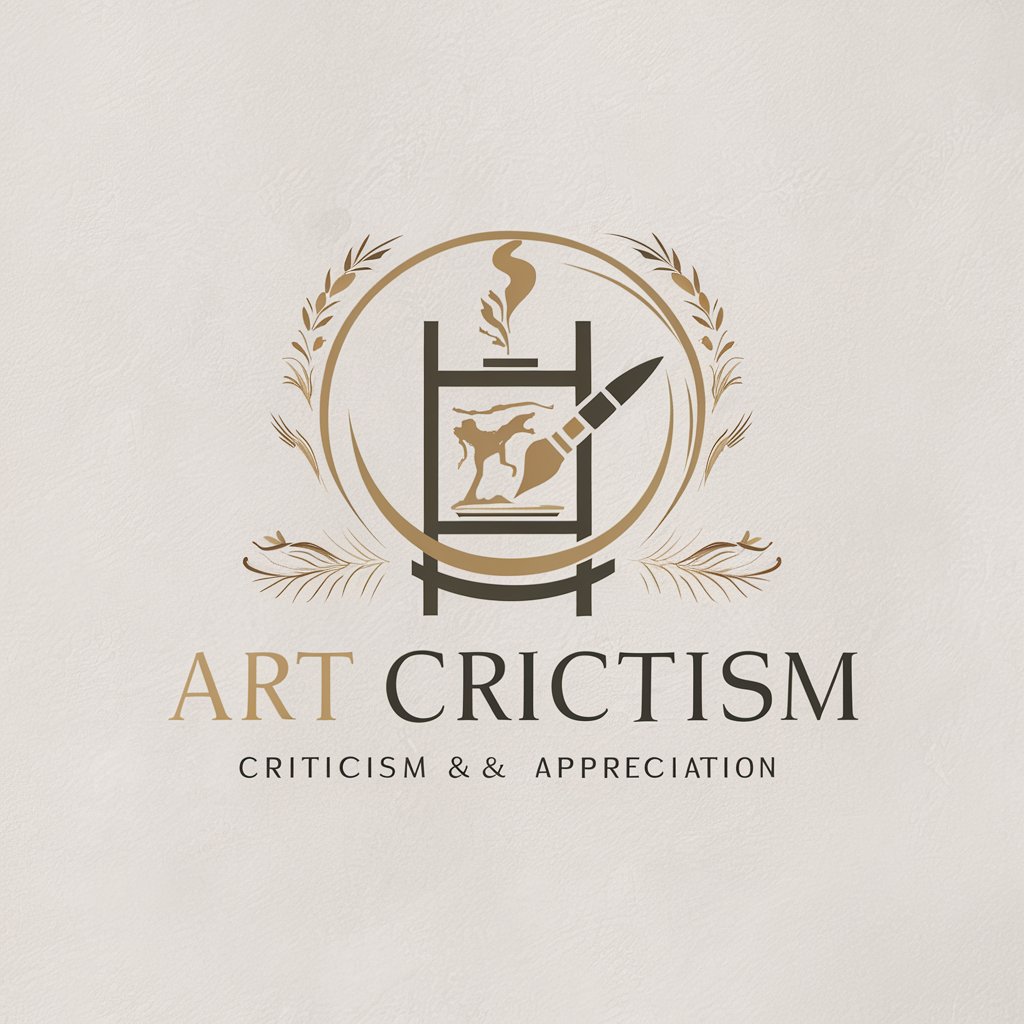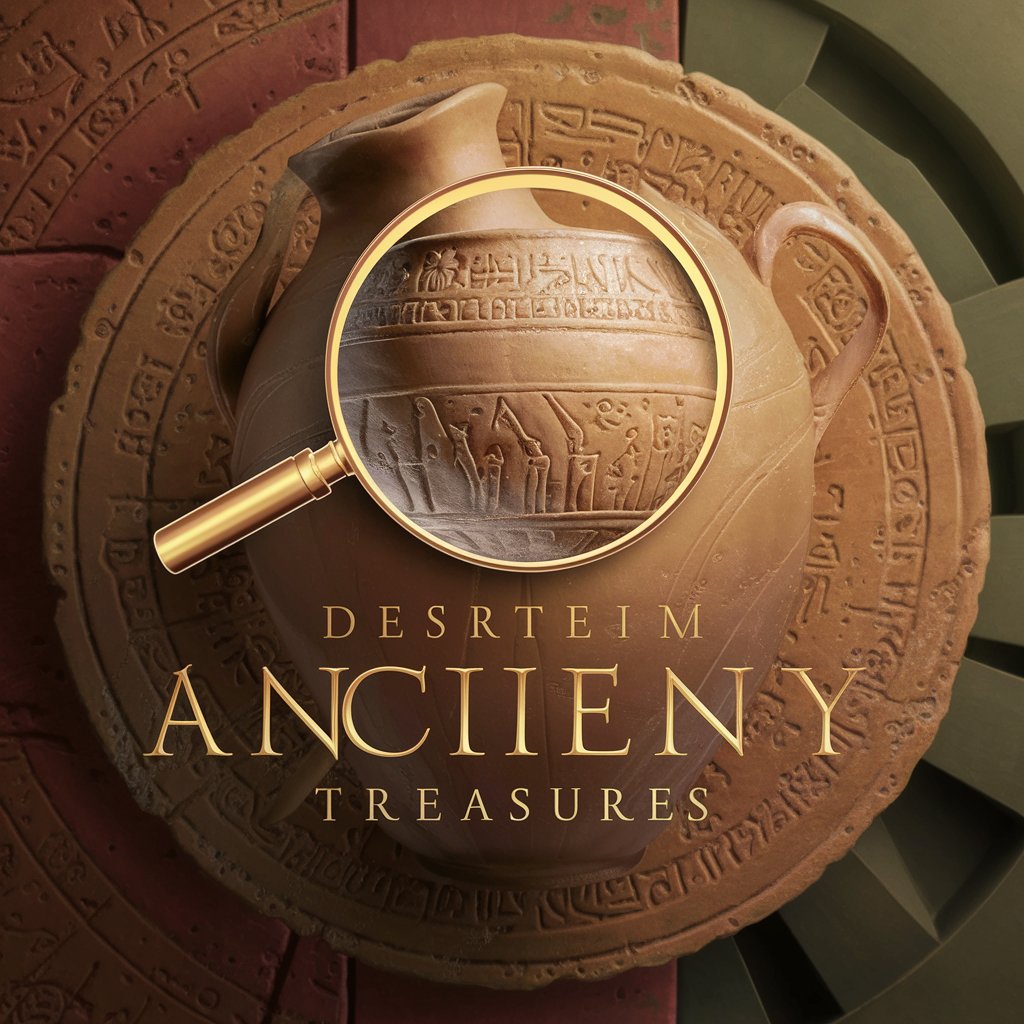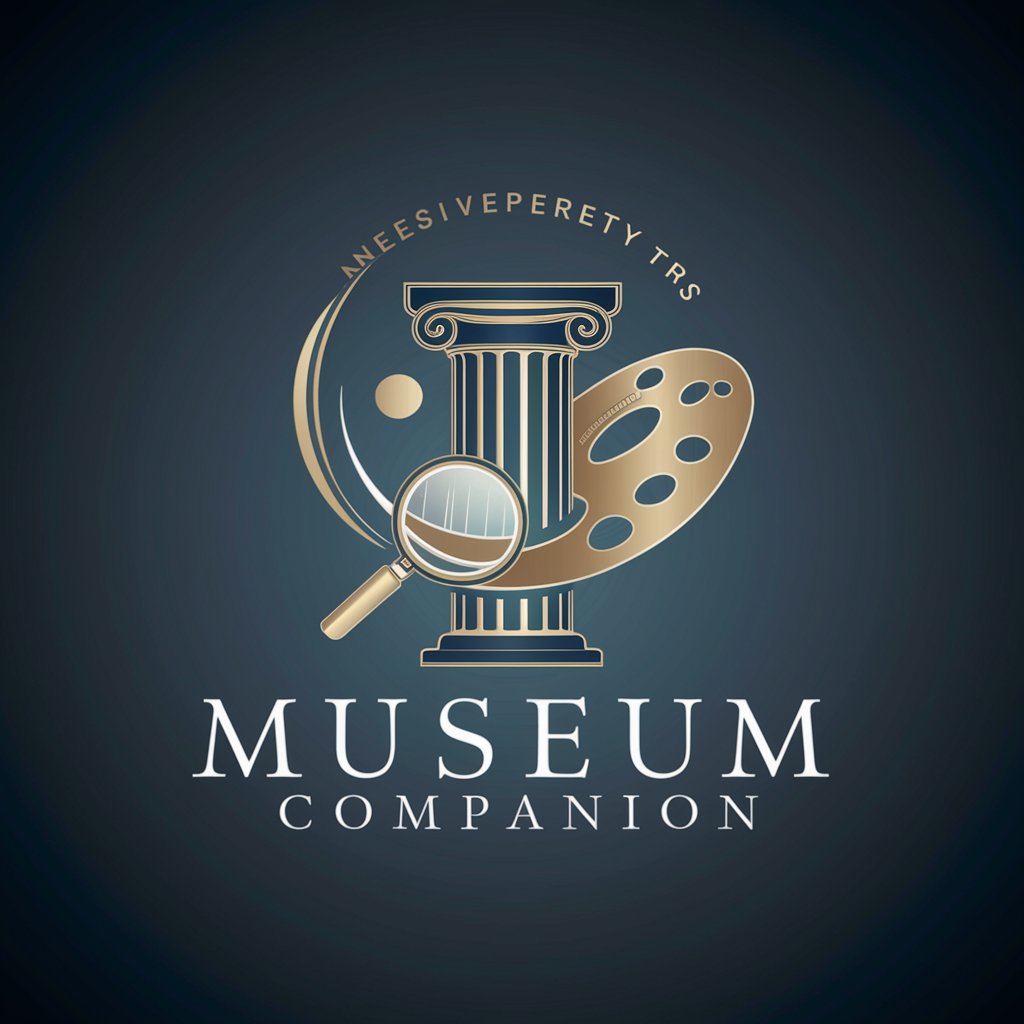
🏺 Ancient Relics Classifier GPT 🎨 - Artifact Analysis Tool

Welcome! Let's uncover the secrets of ancient relics together.
Deciphering history with AI-powered artifact analysis.
Can you help me identify this artifact?
What can you tell me about the history of this relic?
How can I verify the authenticity of this ancient item?
Could you provide context and significance for this historical object?
Get Embed Code
Overview of the Ancient Relics Classifier GPT
The Ancient Relics Classifier GPT is a specialized AI tool designed to assist in the identification, analysis, and understanding of historical artifacts. Its core functions are centered around leveraging vast databases of historical, archaeological, and art historical knowledge to provide users with detailed information about artifacts, ranging from their origins and cultural significance to their material composition and creation methods. This GPT is equipped to handle queries through both textual descriptions and image uploads, making it a versatile tool for a wide range of applications. For example, it can authenticate a Roman coin based on its imagery and inscriptions, or provide the historical context of a medieval manuscript by analyzing its material and script. Powered by ChatGPT-4o。

Key Functions of the Ancient Relics Classifier GPT
Artifact Identification
Example
Identifying a previously unknown artifact as a Bronze Age pottery shard based on its material, decoration, and form.
Scenario
An archaeologist discovers a fragment during an excavation and uploads an image. The GPT analyzes its characteristics against known databases and provides a detailed report on its likely origin and age.
Contextual Analysis
Example
Providing the historical and cultural background of an ancient Egyptian amulet.
Scenario
A museum curator seeks to enhance an exhibit's descriptive labels. By inputting details or images of the amulet, they receive a comprehensive analysis of its symbolism, usage, and significance in ancient Egypt.
Preservation Guidance
Example
Offering advice on the best practices for preserving a fragile manuscript.
Scenario
A librarian responsible for a rare book collection consults the GPT for recommendations on preserving a medieval manuscript, leading to guidance on humidity control, handling, and storage.
Educational Content Creation
Example
Generating detailed descriptions and learning materials for ancient Greek coins for use in educational settings.
Scenario
An educator preparing a module on ancient economies uses the GPT to gather information and create engaging content for students, including the history, significance, and manufacturing techniques of the coins.
Target User Groups for the Ancient Relics Classifier GPT
Archaeologists and Researchers
Professionals engaged in uncovering and studying historical sites and artifacts. They benefit from the GPT's capabilities in identifying, authenticating, and analyzing artifacts, aiding in their research and fieldwork.
Museum Curators and Conservators
Individuals responsible for the curation and preservation of artifacts within museums. The GPT assists in artifact identification, contextual information for exhibit labels, and guidance on preservation techniques.
Educators and Students
Teachers and learners at various levels seeking to enhance their understanding of history through artifacts. The GPT offers detailed educational content, making learning more interactive and informative.
Art Collectors and Antiquities Dealers
Those involved in the collection and sale of historical artifacts. The GPT provides them with authentication services and detailed historical background, ensuring the artifacts' value is accurately assessed and preserved.

Guide to Using the Ancient Relics Classifier GPT
Start without Signing Up
Initiate your journey at yeschat.ai for a hassle-free trial, where no login or subscription to ChatGPT Plus is required.
Upload or Describe
Provide a clear image of the artifact you're interested in or a detailed description of its features, history, and any known context.
Specify Your Query
Clearly state your questions or the type of information you are seeking about the artifact, such as its age, origin, or cultural significance.
Review the Analysis
Receive a comprehensive analysis of the artifact, including its historical context, cultural background, and comparisons with similar artifacts.
Utilize Insights
Apply the insights provided to enhance your understanding, preservation efforts, or academic research related to the artifact.
Try other advanced and practical GPTs
🏡✨ Chic Space Stylist Pro 🛋️🎨
Design Your Dream Space with AI

🐾 Urban Wildlife Spotter GPT 🦉
Discover urban wildlife with AI.

🔍✨ DermAssist: Skin Health Guide
AI-Powered Guide for Skin Health

✍ Handwriting Insight Explorer 🕵️♂️
Unveil personalities through handwriting with AI

🎨 Urban Canvas Analyzer 🏙️
Deciphering the streets with AI-powered analysis
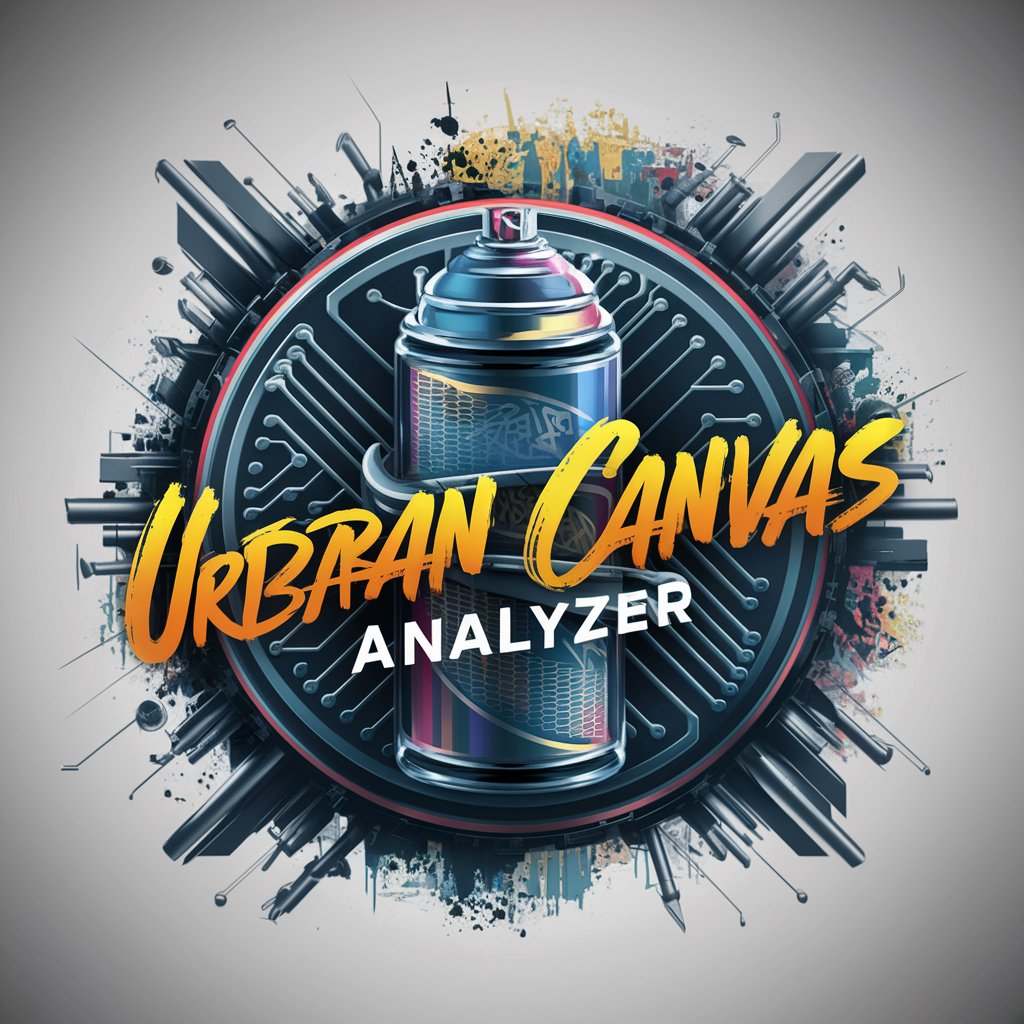
🐦 Avian Expert Identifier 🦉
Identify Birds with AI Precision
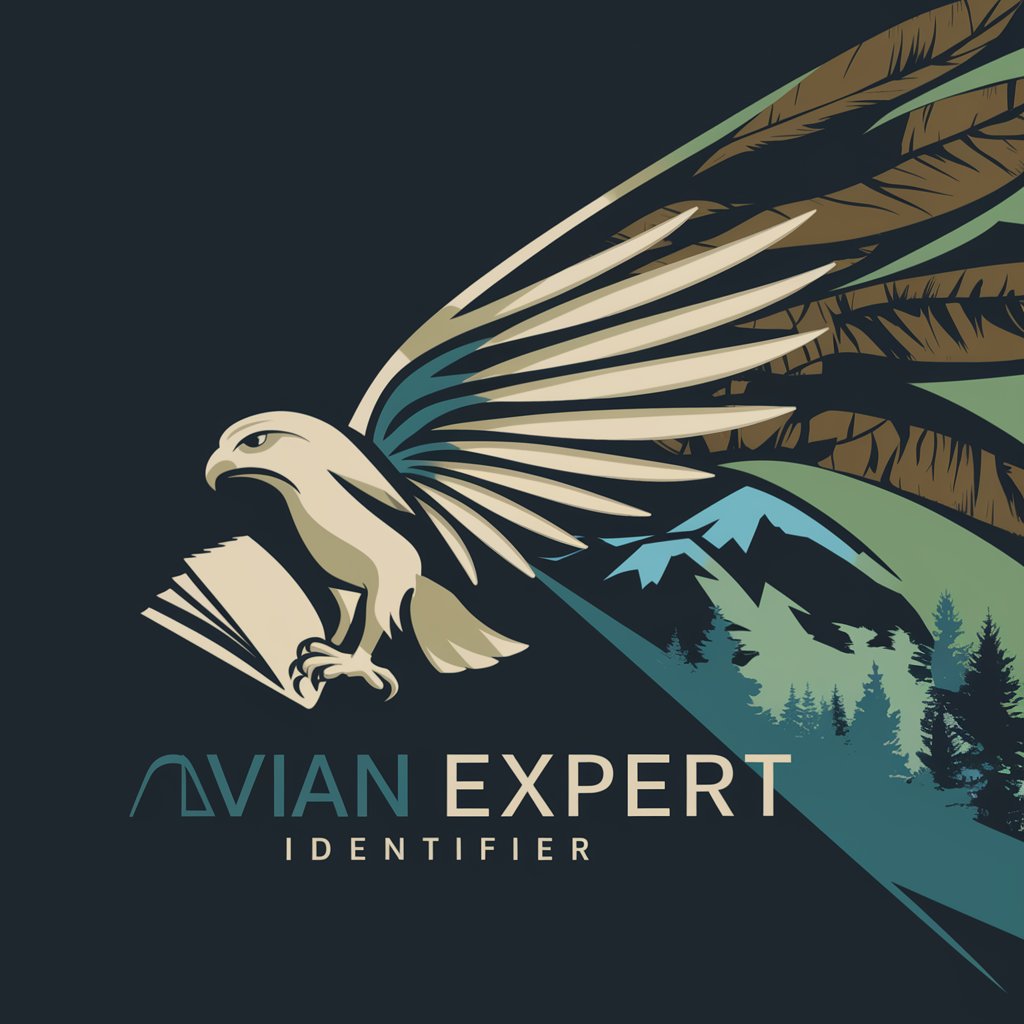
🚗💥 Auto Collision Inspector GPT
Empowering your repair decisions with AI.
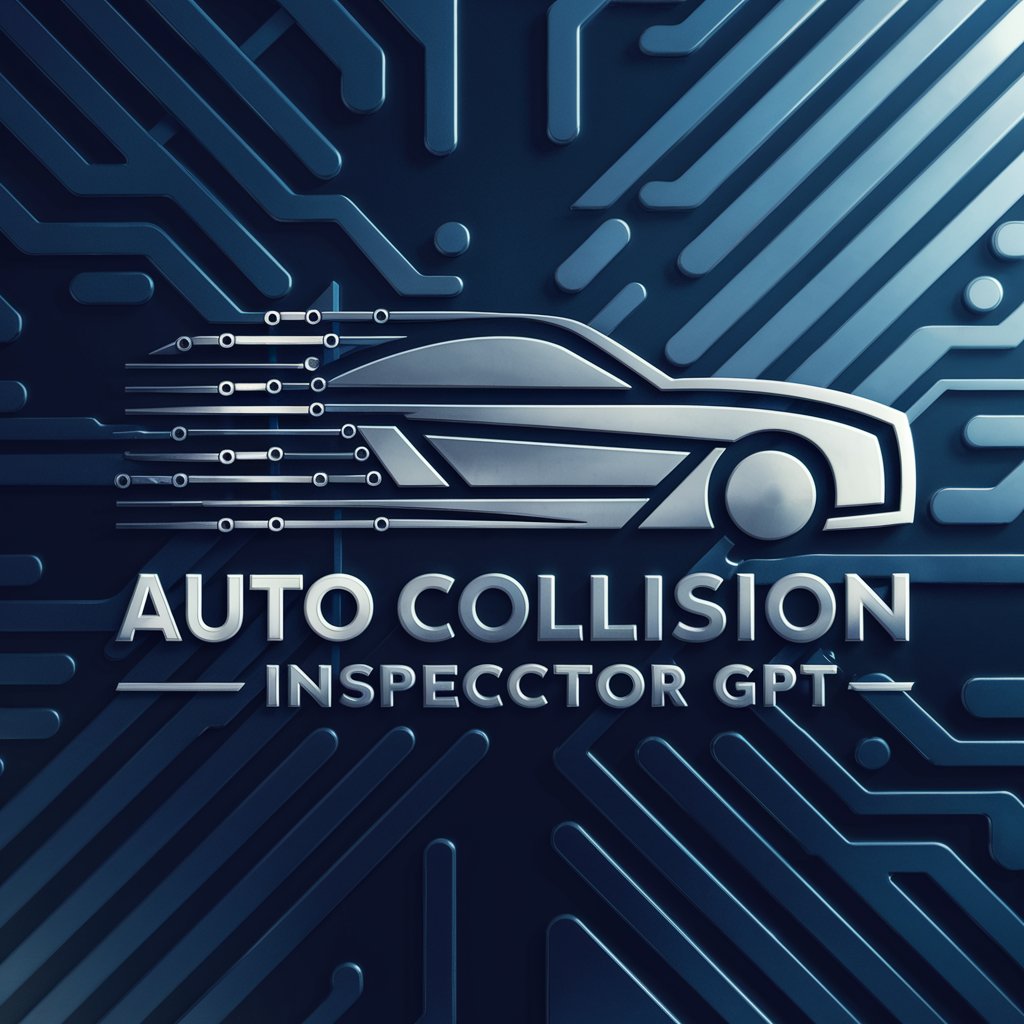
🧐 FaceReader Pro Expert 🕵️
Unlock emotions with AI-powered analysis
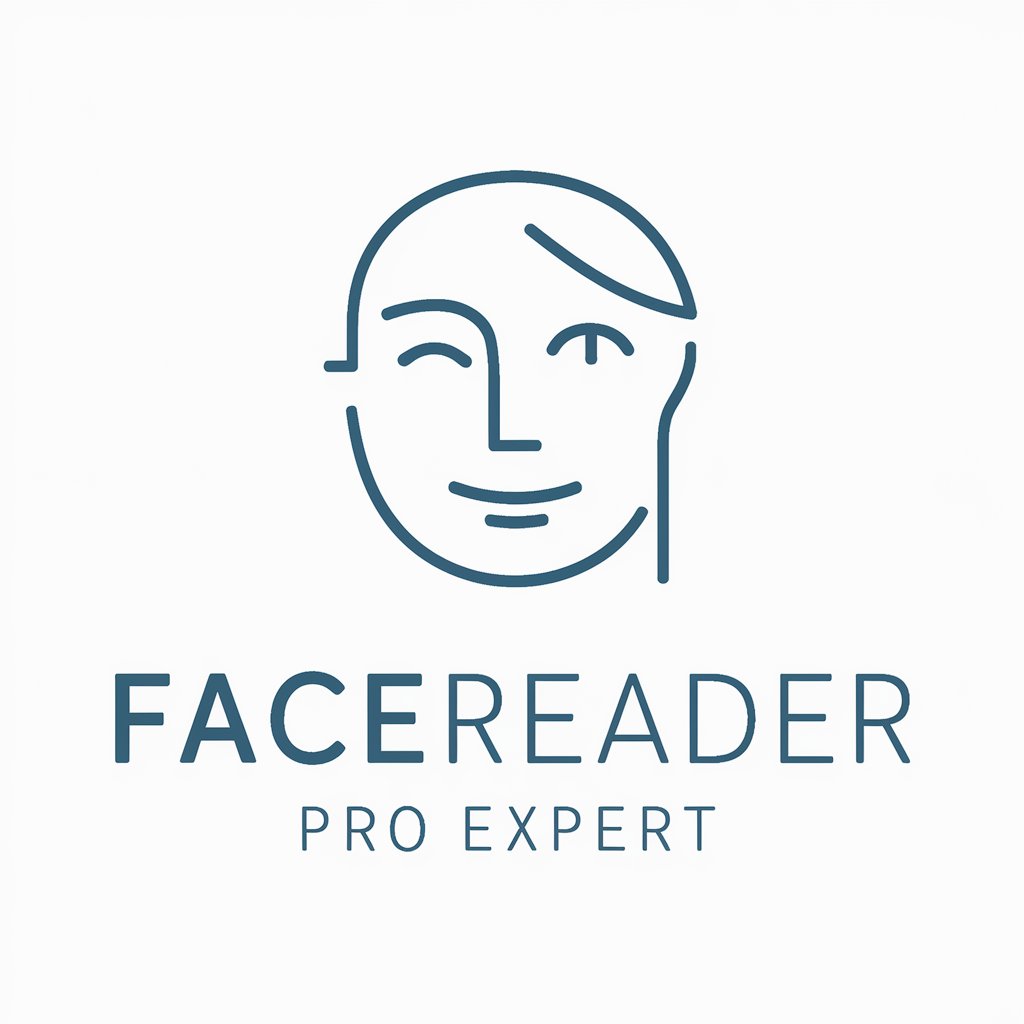
☁️🔄 Cloud Formation Classifier 🌦️
AI-powered cloud classification at your fingertips

🎨 Art Connoisseur Identifier 🖼️
Unlocking Art's Mysteries with AI
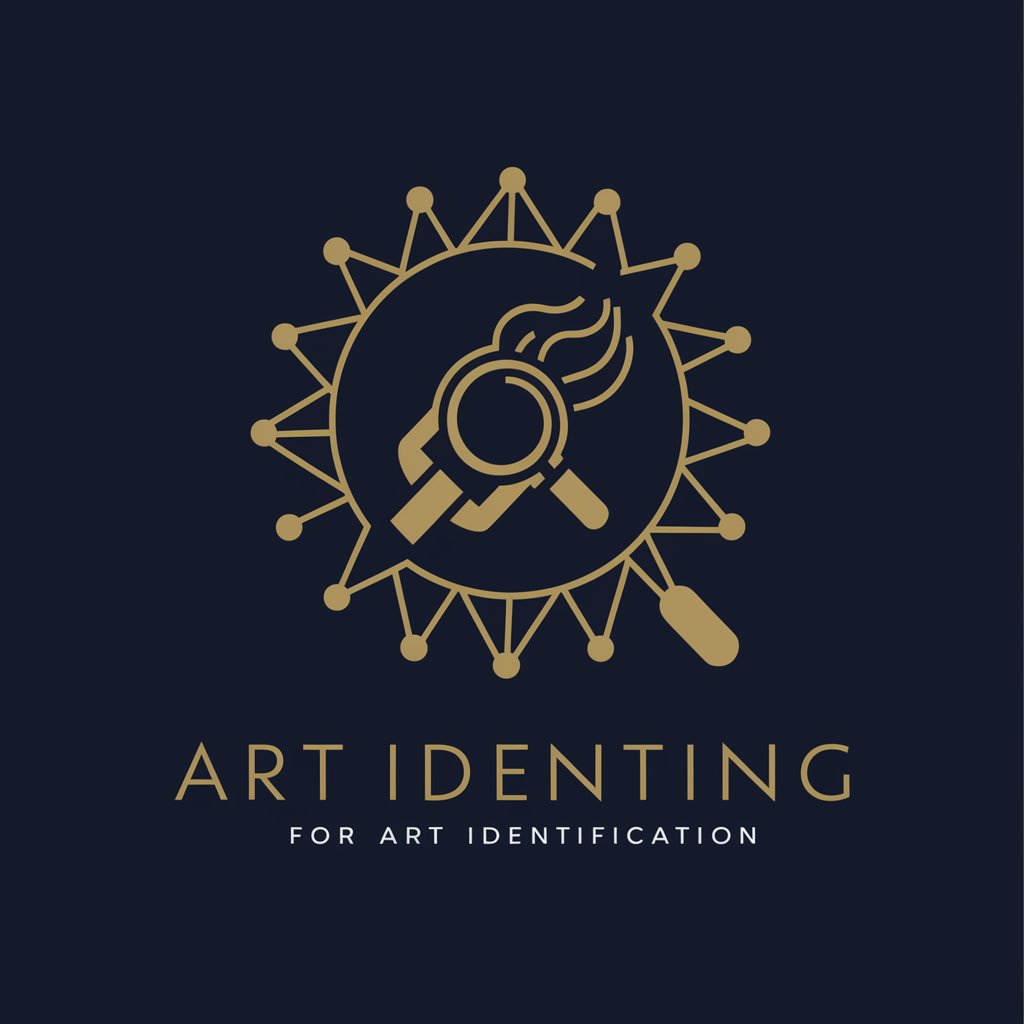
🐾 Wildlife Safari Guide GPT 🦁
Exploring Wildlife with AI

✨ Chic Attire Coordinator 🎀
Elevate Your Ensemble with AI-Powered Accessory Matching
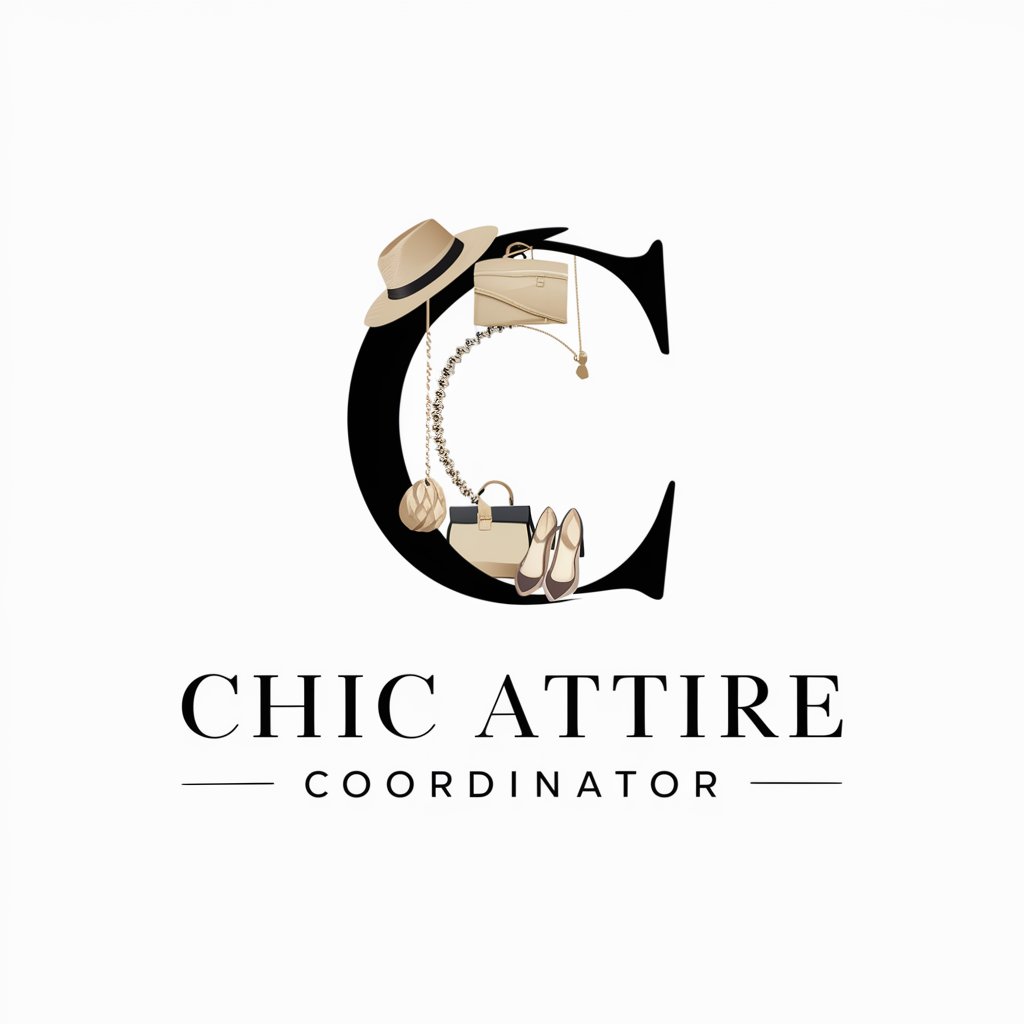
Frequently Asked Questions about the Ancient Relics Classifier GPT
What can the Ancient Relics Classifier GPT identify?
This AI tool specializes in analyzing historical artifacts, offering insights on age, origin, cultural significance, and authenticity based on images or descriptions provided by users.
How accurate is the tool's analysis?
While highly informative, the tool's analysis is based on available data and algorithms. It's advisable to consult with professionals for official authentication or valuation.
Can it help in academic research?
Absolutely. It provides detailed historical context and comparisons that can greatly enhance academic papers, presentations, and research projects.
Is the tool accessible for non-experts?
Yes, it's designed for both experts and enthusiasts. Its user-friendly interface and clear explanations make it accessible for a wide audience.
How does the tool handle privacy?
User privacy is a priority. Images and information provided are processed with strict confidentiality and are not stored without permission.
